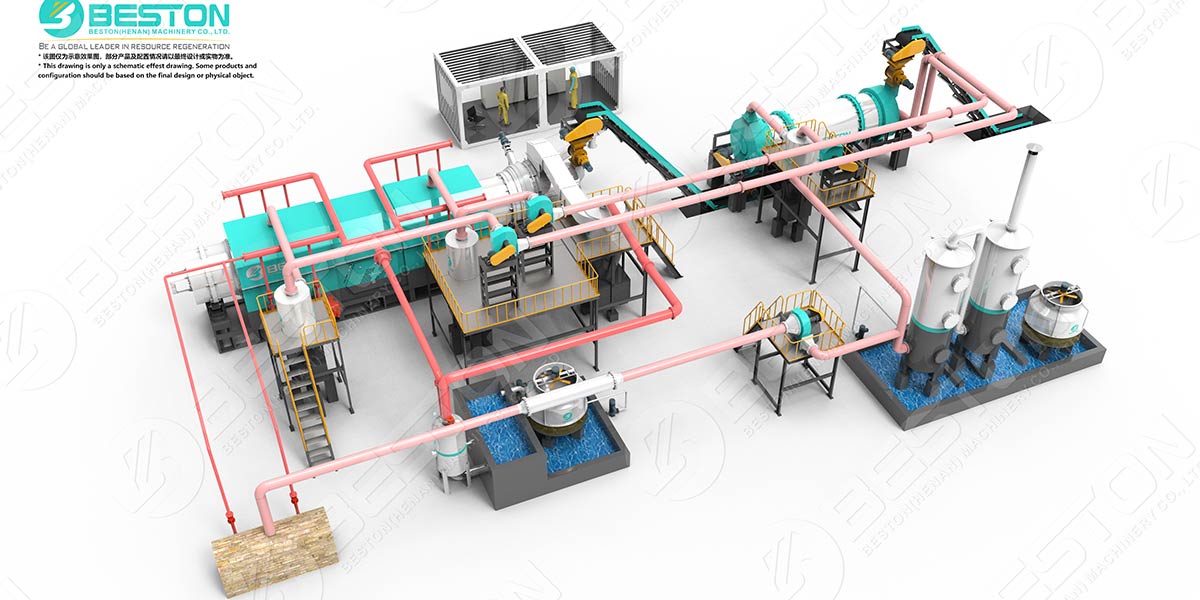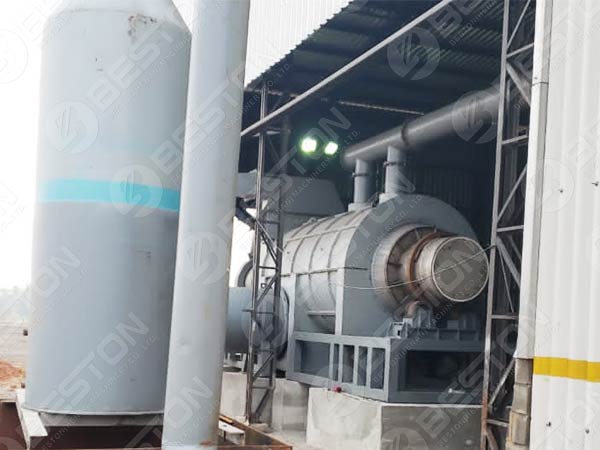A rice hull carbonizer is a machine that is used to turn rice hulls into biochar. Biochar is a type of charcoal that can be used as a soil amendment to improve the health of the soil. There are several different parts of a rice hull carbonizer that need to be functioning properly in order for the machine to operate correctly. In this blog post, we will take a closer look at each of these parts and explain what they do.
Key Components of A Rice Hill Carbonizer
The rice husk carbonizer is a machine that is used to convert rice hulls into activated carbon. The machine is composed of two critical parts: the combustion chamber and the carbonization chamber. The rice hulls are placed in the combustion chamber and burned at a high temperature. The resulting gases are then directed into the carbonization chamber, where they react with the oxygen in the air to create carbon dioxide and water vapor. The carbon dioxide and water vapor are then condensed into activated carbon, which can be used for a variety of purposes, such as water filtration and air purification.

Getting The Most Out of The Machine
The rice hull carbonizer is a simple, yet effective, tool for producing biochar. Here are a few tips on how to use it correctly:
1. Start by fill the carbonizer with dry, clean rice hulls. Avoid using wet or moldy hulls, as this will produce inferior results. See the charcoal maker machine here.
2. Place the carbonizer over a heat source and light the fuel. The ideal temperature for producing biochar is between 400 and 600 degrees Celsius.
3. Once the fire is lit, allow the hulls to char for 1-2 hours. The exact time will depend on the size of the load and the intensity of the heat.
Following these steps will help you produce high-quality biochar that can be used for a variety of purposes, including improving soil fertility and promoting plant growth.
The Benefits of Using Biochar As A Soil Amendment
Since biochar has a high surface area and is highly porous, it makes for an ideal soil amendment. When added to soil, biochar can help improve water retention, increase nutrient availability, and reduce compaction. Additionally, biochar can help create conditions that are favorable for microbial activity, leading to improved soil health. In recent years, biochar has received increasing attention as a tool for addressing climate change. Because biochar is produced from carbon-rich biomass, it has the potential to serve as a long-term carbon dioxide sink. As such, it is being investigated as a means of sequestering carbon dioxide in an effort to mitigate the effects of climate change.

Rice hulls typically cost less than other types of biomass, making them an economical choice for businesses that rely on boiler operations. When you invest in a rice hull carbonizer, you can enjoy all of these benefits and more. With careful selection and operation, a rice hull carbonizer can be a valuable addition to any business. Check the biomass briquette making machine here.